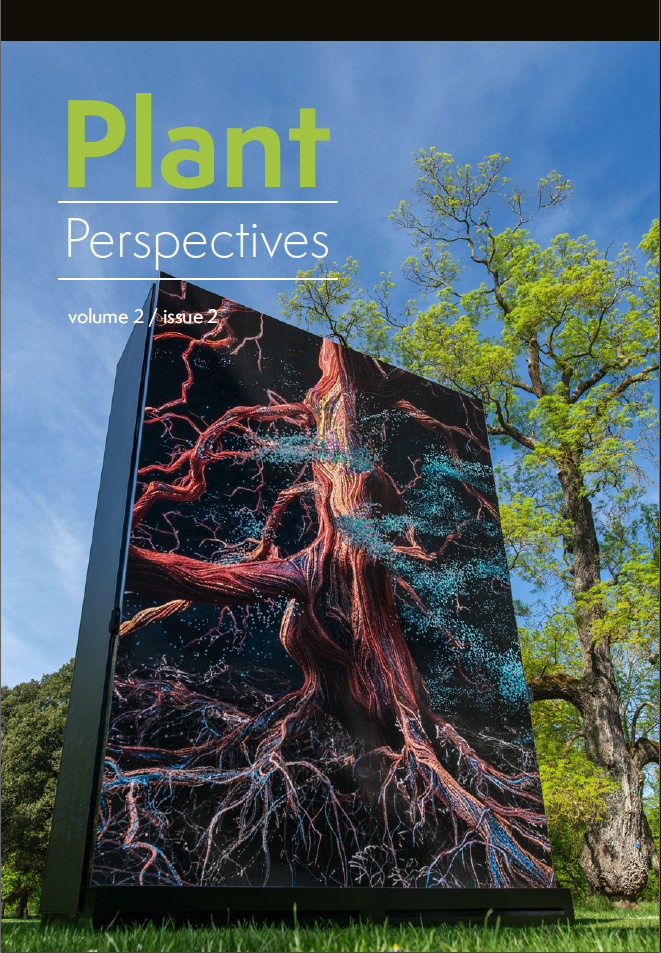Published 2025-09-29
Keywords
- Amherstia Nobilis,
- Pride of Burma,
- Myanmar,
- Nathaniel Wallich,
- Colonial Botany
- Encounter Narratives,
- Indian Botanical Art,
- Women in Horticulture ...More
How to Cite
Copyright (c) 2025 Kate Teltscher

This work is licensed under a Creative Commons Attribution 4.0 International License.
Abstract
The thawka-gyi or Amherstia nobilis (‘Pride of Burma’) was first encountered by Europeans in 1826, after the First Anglo-Burmese War. This article is the first full-length attempt to recover the European cultural and colonial history of Amherstia nobilis. This splendid tree was known only in cultivated form, planted in the vicinity of Buddhist temples. From the earliest sighting, Western botanists called it the world’s most beautiful flowering tree. The tree’s European reputation was established through narrative accounts and illustrations based on Indian botanical paintings. Wealthy British horticulturalists, attracted by the tree’s beauty, rarity and sacred associations, competed to secure specimens and bring it to flower. Western women horticulturalists, writers and artists were particularly drawn to the plant. In tracing the cultural history of Amherstia nobilis, this article highlights the role of both Indian painters and British women in constructing scientific and horticultural knowledge.


